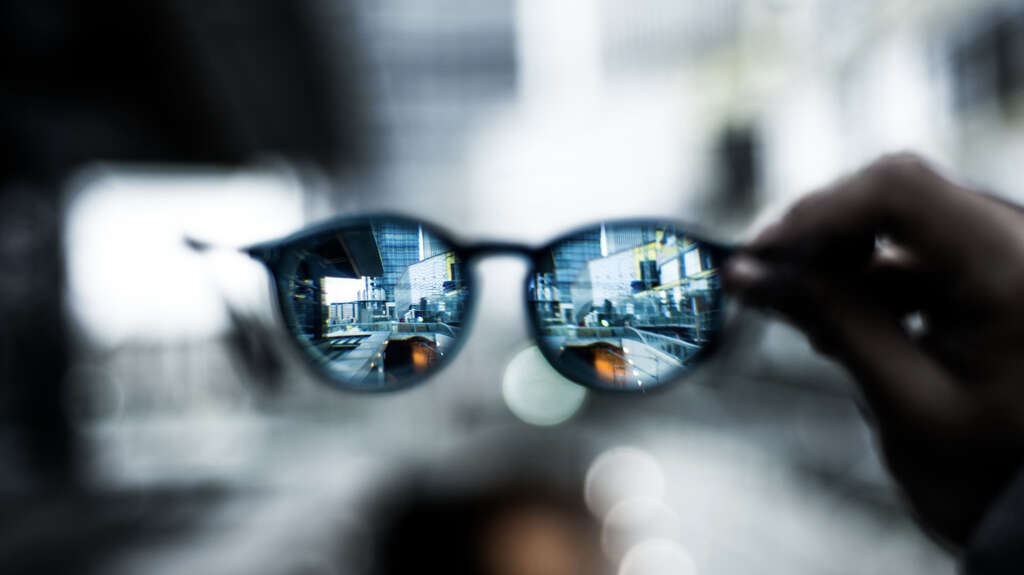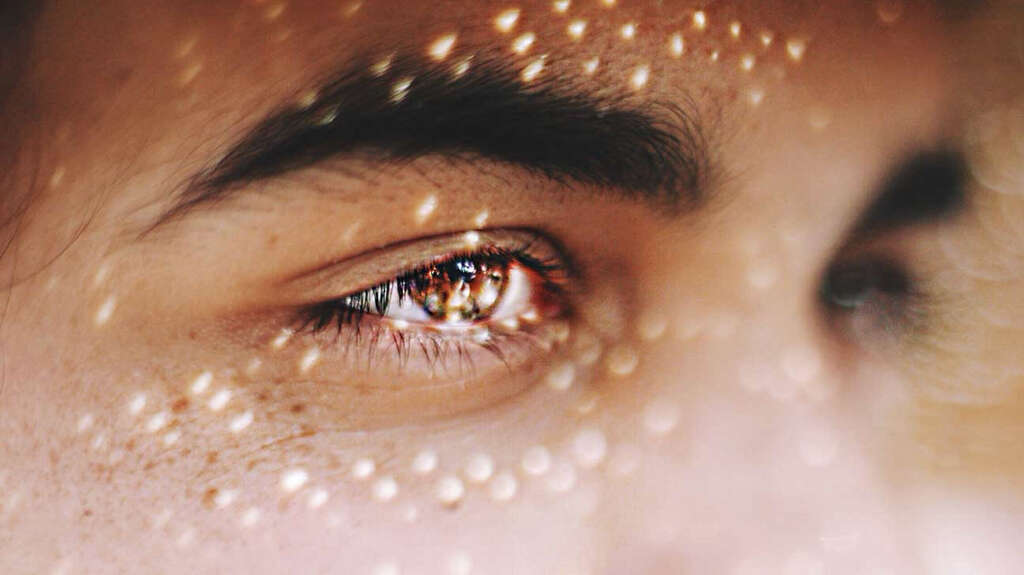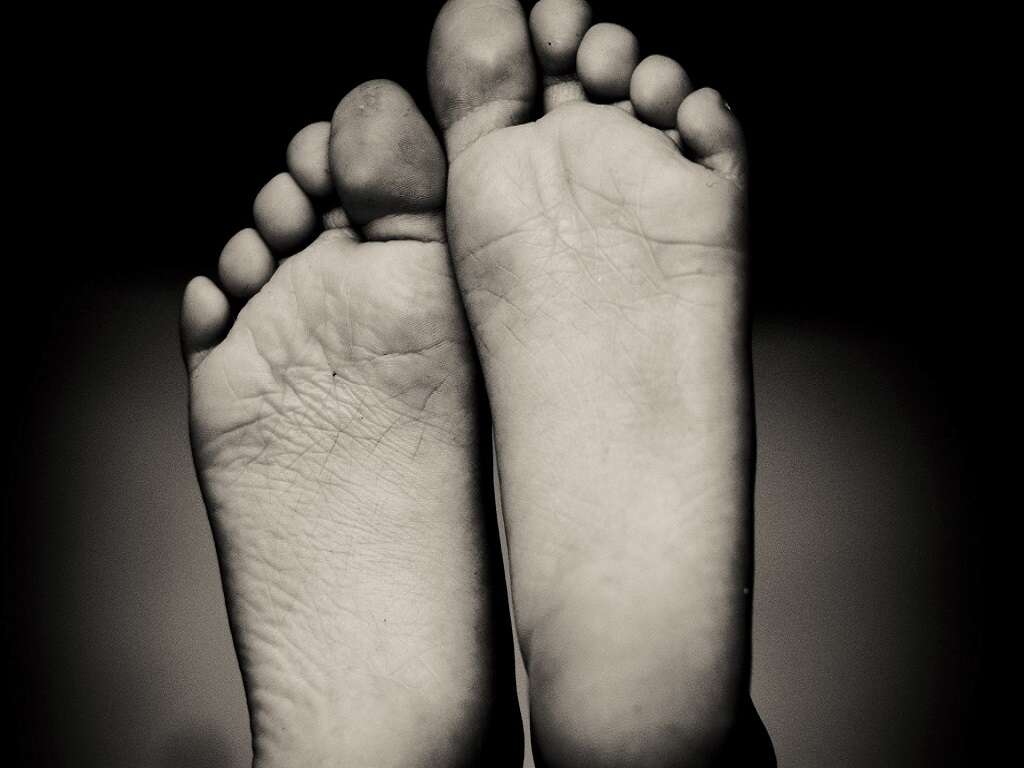10 Symptoms Of Diabetic Retinopathy
People that are diabetic will need to pay close attention to what they are eating to prevent dangerous spikes of sugar levels in their blood. These spikes can have some quite severe consequences and can even cause damage to the body, including the blood vessels and other tissues of our eyes.
This damage is a condition known as diabetic retinopathy and it will, in turn, lead to various other unwelcome symptoms. It has the potential to cause severe, irreversible damage so it is a condition that should be taken very seriously.
Here’s a look at some of the most common symptoms that patients with the condition will encounter.

Symptom #1: Blurred Vision
Our eyes have natural lenses. These help us to adjust and focus the light entering into our eyes so that we can clearly see images at different distances. This system often begins to struggle as we get older, meaning that our vision becomes blurred, but there are usually ways to counter this.
Sometimes, however, blurred vision is not simply caused by the ageing process. If your vision is blurry, you should arrange to get it checked out because it could be caused by diabetic retinopathy. This is especially the case if the condition has come on fairly suddenly rather than taking months or years to develop.

Symptom #2: Color Vision Loss
Humans are able to see in a wide spectrum of colors, although we cannot see all colors. There are others such as infrared and ultraviolet that we are not able to see, although some other animals do have this ability. Regardless, the spectrum we can see gives us the ability to see the world in ways that are very beneficial to us.
If something was to happen with your eyes, though, then you might begin to lose this ability. Patients with diabetic retinopathy will sometimes find that the world seems less colorful than it usually is. Colors will often appear faded.

Symptom #3: Blind Streaks
We have eyes on the front of our head because this method helps us to triangulate, allowing us to judge distances of objects. This system is common in predators because it is important to know how far away prey is when it comes to hunting. This does, however, give us a limited field of vision in comparison to some other animals.
In addition to a limited field of vision, we also have some blind spots, but we barely notice these. Patients with diabetic retinopathy, however, can find that they develop streaks and spots where they can see nothing at all. This symptom is a sure sign that you need to see somebody to get it checked.

Symptom #4: Vision Fluctuates
When somebody’s vision begins to fail them due to aging, it will usually stay fairly consistent, albeit with a very gradual decline. It could potentially decline to the point where the patient can no longer see the world around them.
If the quality of your vision fluctuates, however, then it could well be caused by something potentially more serious, such as diabetic retinopathy. If you do find that your vision fluctuates between being clear and being blurred, you should arrange to speak with a medical professional as soon as you can.

Symptom #5: Vitreous Hemorrhage
All parts of our body need a constant supply of fresh blood, and the eye is no exception. The eye is fed fresh blood by tiny blood vessels, and these delicate tubes can become damaged under certain conditions. This can lead to blood being leaked into the vitreous fluid in a condition known as a vitreous hemorrhage.
Vitreous fluid is the clear, jelly-like substance that is found in the center of the eye. Usually, it would allow light to pass freely through and onto the retina. If blood is present, however, then the light will not have such an easy passage, and this can affect the patient’s eyesight.

Symptom #6: Floaters
Eye floaters are actually quite common. They are the small imperfections you will often see in your field of vision and are often described as string or pod-like structures. They are caused by tiny fibers forming in the vitreous fluid in the eye, causing your vision to become slightly obscured.
Floaters in themselves are not something to be worried about, and the majority of people experience them with no harm done whatsoever. They can be a sign of a potentially serious underlying cause, however, especially if you are experiencing them in greater volumes than usual. If you are unsure either way, it is a good idea to get it checked out.

Symptom #7: Eye Pain
This is a non-specific symptom associated with many conditions. Patients suffering from diabetic retinopathy can experience eye pain. It is usually moderate and episodic.
It is important for diabetic patients to keep a regular appointment with an ophthalmologist to prevent complications.

Symptom #8: Double Vision
Light from the world around us is taken in by each of our eyes. We will only usually see one image, however, because our eyes will triangulate to focus on a specific point together, and our brain will do the rest. If the eyes are not working properly, though, then we might actually start seeing double.
It is not uncommon for people to see double when they are inebriated, but it can also be caused by medical conditions such as diabetic retinopathy. It is something that you should arrange to get checked out if it persists and there is no reasonable explanation.

Symptom #9: Poor Night Vision
Humans did not evolve as nocturnal animals. Instead, we are most active during the day, finding shelter for safety during the night. As such, we did not evolve eyes that are particularly good at helping us to see in the dark, at least not as well as other animals that are nocturnal.
We still manage to see well enough at night, though, often helped by light from the sun reflecting off the moon. Patients with diabetic retinopathy will often find that their ability to see in the dark becomes diminished. This can obviously make things quite difficult for them once the sun has gone down.

Symptom #10: Vision Loss
As already explained, diabetic retinopathy can cause the patient to experience a decrease in their visual abilities. Despite this, the patient will still usually retain enough of their vision to lead a fairly normal life. In extreme cases, however, the condition might cause them to lose their sight completely.
Complete loss of sight caused by diabetic retinopathy will often occur suddenly, leaving the patient in complete darkness. What’s more is that the condition will often lead to permanent damage to the eyes if it is not addressed.












